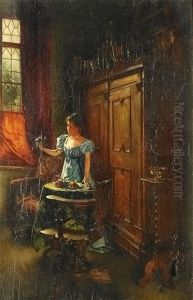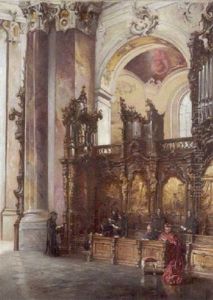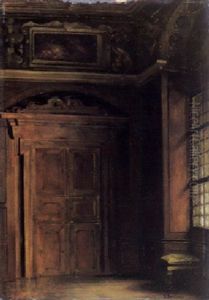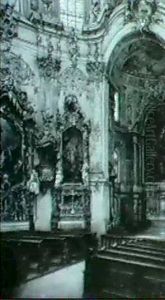Wilhelm Kreling Paintings
Wilhelm Kreling was a German artist known for his works in the Biedermeier style, which was popular in German-speaking countries during the early-to-mid-19th century. Born on August 31, 1803, in Nuremberg, Germany, Kreling was part of a cultural period that emphasized a simple, unpretentious style and often depicted domestic life and middle-class values.
Kreling began his artistic training at the Nuremberg Academy and quickly developed a talent for drawing and painting. His work was characterized by careful attention to detail, a clear and harmonious color palette, and a preference for scenes of everyday life, which reflected the Biedermeier aesthetic. This style was a response to the excesses of the previous Empire and Romantic styles and a precursor to Realism.
Throughout his career, Kreling worked on various types of art, including painting, illustration, and decorative arts. He was also known for his skills in lithography, a popular printmaking technique at the time. Kreling's lithographs were widely distributed, contributing to his reputation and the dissemination of the Biedermeier style.
In addition to his artistic endeavors, Wilhelm Kreling was an art educator, influencing the next generation of artists through his teaching. He served as a professor at the Nuremberg Academy, where he had once been a student. His dedication to art education helped to sustain the artistic traditions of the region and ensured that his influence would continue beyond his own works.
Wilhelm Kreling passed away on October 12, 1876, in Nuremberg. Although he may not be as widely recognized today as some of his contemporaries, his contributions to the Biedermeier movement and his role as an educator are significant. His works remain a testament to the values and aesthetics of his time and continue to be studied by those interested in the art and culture of 19th-century Germany.













